Economics, perhaps one of the few sciences that operate with numbers, is relative. The same indicators can mean a different course of events, depending on which side to look at them and in what time period the analysis is carried out.
She explores the relationships, relationships, and patterns that arise in the process of buying, selling, or redistributing goods at different levels.
One of these levels is microeconomics. This is a science that analyzes decision-making processes by subjects economic relations at the level of consumers and suppliers of goods, works, services. That is, the demand and supply are analyzed, which depend on the price, quality and characteristics of the manufactured product.

In this article, we will dwell on the basic concepts, research methods, and the main tasks that microeconomics sets for themselves.
Lower level economic ties
This science is a small part of economic theory. Unlike macroeconomics, which explores the market as a whole through indicators such as GDP, national income, etc., it is engaged in the analysis and modeling of the behavior of individual subjects of market relations at the level of buyers, firms, companies and organizations.
Microeconomics is a science that also studies the conduct of economic policy at a single enterprise, including planning the number of employees, their productivity and employment. Thanks to it, it is possible to determine how efficiently the resources are used and whether the costs are justified.
We can say that the course of microeconomics is aimed at finding individual answers and solutions for specific companies. Scientists in this area are not interested in research on the global impact of markets on the formation of industry heritage.
Subject of study
Each science is primarily characterized by its subject of study. Since microeconomics is a science that analyzes the economic processes of the lowest level, we can say that the subject of its study is the relations of market entities associated with the use of a limited amount of available resources.

It is clear that in the case when resources are limited their production or use should be as rationalized as possible. Microeconomics is just looking for ways to use them more efficiently and with greater return.
The following areas of research that this science carries out can be distinguished:
- Consumer.
- Manufacturer.
- Market structure, its balance.
- Asymmetry.
- Externalities.
- Public goods.
- Public choice.
As for the consumer, microeconomics is looking for answers to questions why a particular buyer is interested in the range of goods, services and works that he buys, and also what his choice depends on.
By analyzing the activities of manufacturers, science is trying to understand why they involve specific sets of factors (production resources) and how much it would be beneficial to apply them in other areas of the production of new goods. It also assesses the effectiveness of managerial decisions and the feasibility of doing business.
Under market structure and its equilibrium is understood the meanings of supply and demand. In this direction, microeconomics is studying the factors that influence these two indicators. In addition, issues of interaction between sellers and consumers when changing market conditions.
In the problems of asymmetry of information, microeconomics is looking for answers to questions of the impact on the market of a lot of distorted data.
When studying externalities (external effects), economists try to figure out how the choice of a particular subject of economic relations affects decision-making by other parties. This may include demand for popular products that have many substitute products, but the emergence of a new number of alternative products does not entail a change in demand.
By analyzing the impact of public goods on the development of the economy, science helps to answer questions related to inefficient use of resources in this way.
Microeconomics is studying ways to use state (state) property for personal, selfish purposes.
In the process of research, science operates with certain concepts on which economic theory is based. Consider the main ones.
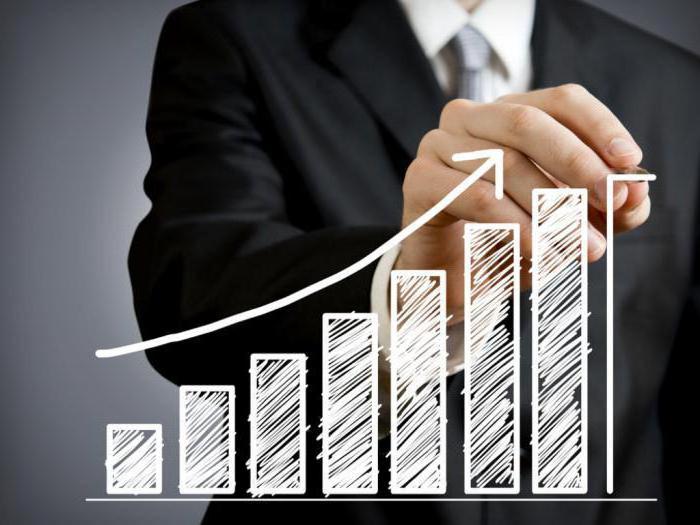
Economic needs
They represent the stimulus that stimulates us to conduct economically active activities. For example, a feeling of hunger forces us to go to the grocery store or cafe. Also, cold weather forces us to buy warm clothes so as not to freeze.
Such needs are divided into primary and secondary.
In the first case, these are the benefits that cannot be replaced by others - food, sleep, etc. In the second case, everything that is not on the list of primary benefits is understood.
Economic benefits
This is directly what we buy, that is, goods, work and services. In different literature there are various types of benefits. Some of them are divided into:
- irreplaceable;
- interchangeable;
- complementary.
The former refers to those goods that cannot be found an alternative.
Interchangeable products are those that have analogues on the market.
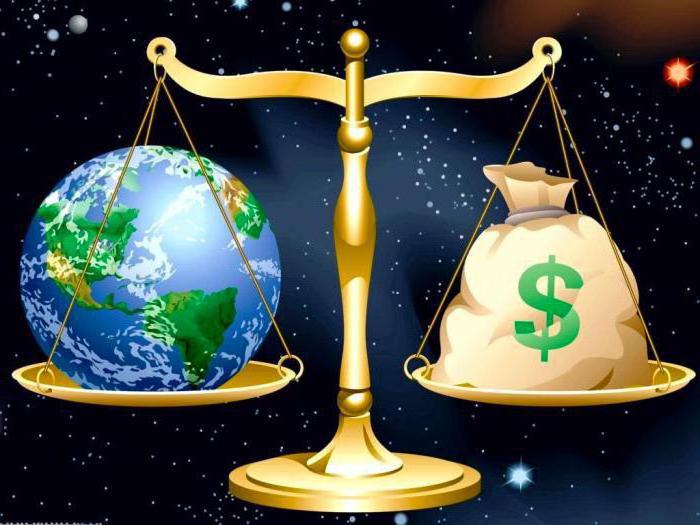
Complementary goods are those goods, works or services that are used in conjunction. For example, toothpaste and brush, fuel and transport.
There is a division into present and future, direct and indirect.
By direct we mean goods that satisfy consumer needs, and indirect ones - to conduct economic activity, or rather, the production process.
Economic choice
Solving problems in microeconomics, you will notice that you always need to find the most effective option for action at the lowest cost. This is what characterizes economic choice - a solution that is most effective for given parameters (conditions).
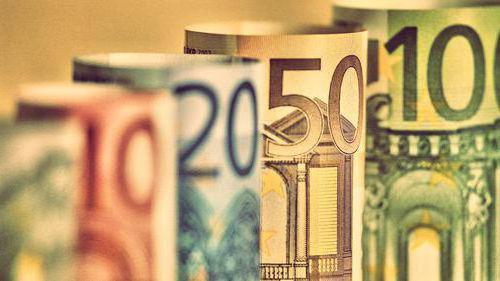
Scientists have been pondering this search since the time of the first philosophers, who asked questions about the rational use of time, money and other resources. This question is relevant today, because there is no single answer, in each model of economic relations there are hundreds of solutions.
Opportunity costs
They are those costs that are not mandatory. However, it is quite difficult to find them and really abandon such costs. Microeconomics is trying to find a solution to this problem through analysis of the structure of production, the search for other suppliers, the modernization of technology and other processes that can reduce costs.
Also, alternative costs are understood as those that can be sacrificed for the more global and important for the implementation of economically efficient production.
Production capabilities
Almost all problems, for example, in mathematics, have one correct solution. And the answers to microeconomics cannot be perceived as the only correct options, since everything depends on the plane in which the question is analyzed.
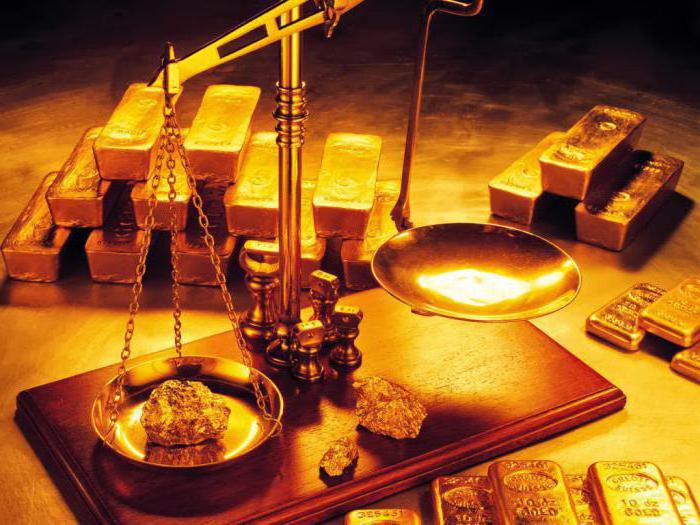
These issues include the study of production opportunities. After all, economists have a task: to find out what potential exists for the production of goods with the most efficient use of available resources.
Production curve
For research, scientists often resort to graphs that display various patterns. A science such as microeconomics analyzes the market thanks to a production curve.
By compiling an appropriate schedule, you can see the best production options with full use of resources.
For example, all lines that will not lie on the described curve cannot be considered the most effective application of the available production factors.
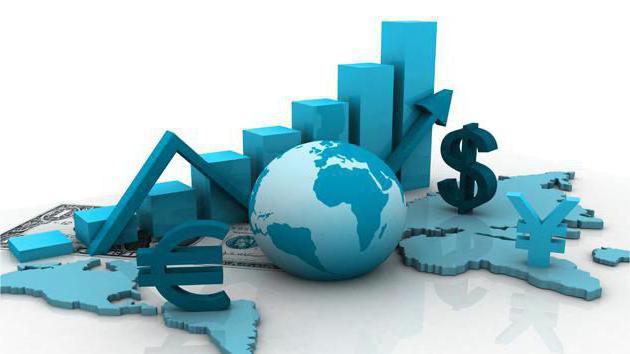
Finally
Based on the foregoing, it can be argued that microeconomics is an essential branch of science that studies the relationships between subjects of market relations, models their behavior in a given situation.
It raises issues of pricing, the relationship of supply and demand, as well as the rationality of using factors of production.
Her study will help lay the foundation and basic concepts that will allow us to successfully comprehend economic science in the future.






